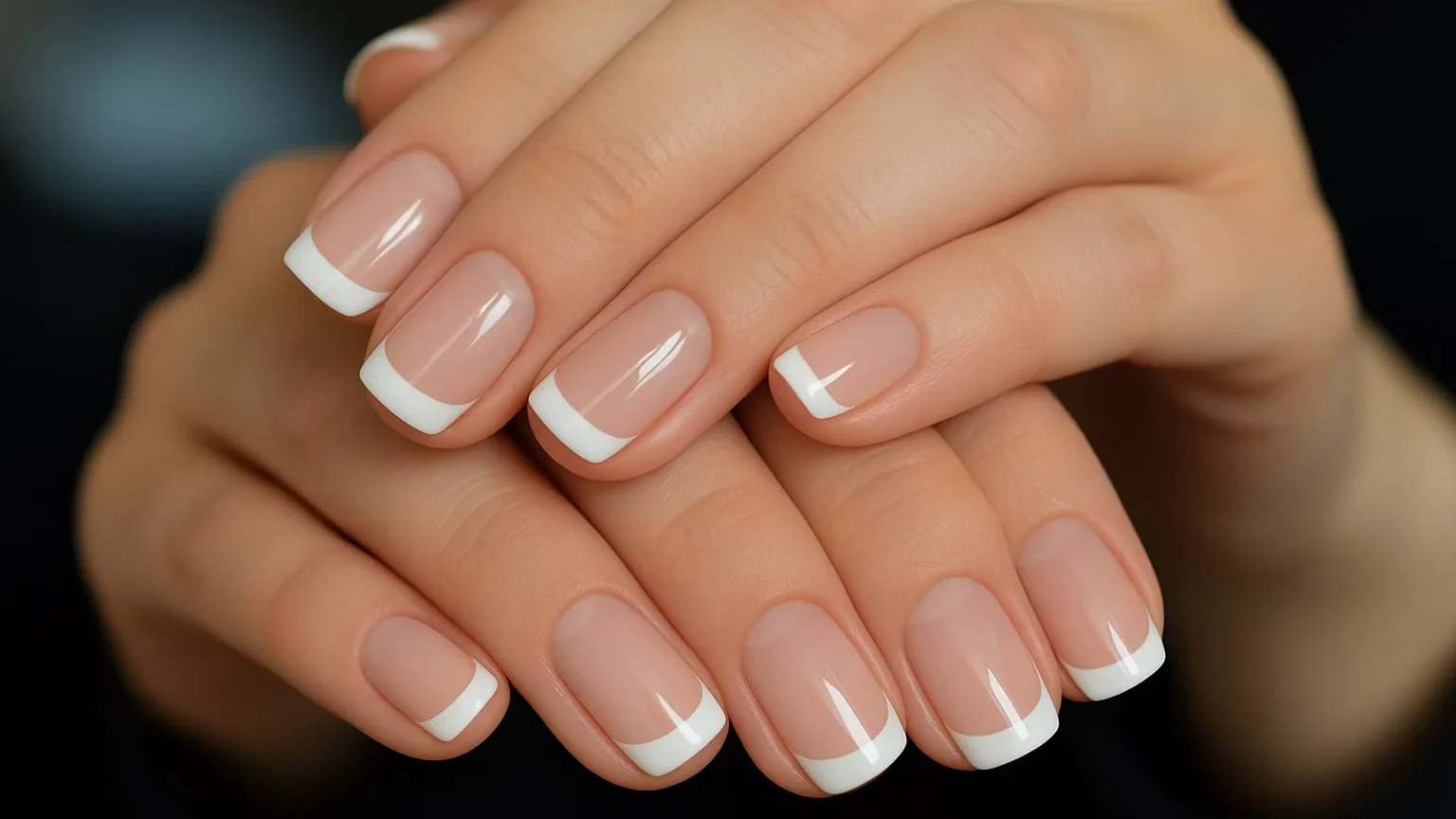There’s something undeniably elegant about a perfectly executed French manicure. This classic nail art has graced red carpets, boardrooms, and everyday life for decades, offering a sophisticated look that never goes out of style. Whether you’re preparing for a special occasion or simply want to elevate your everyday nail game, mastering the art of french manicure nail paint application can save you countless trips to the salon while giving you that coveted polished appearance.
The beauty of a French manicure lies in its versatility and timeless appeal. From boardroom meetings to beach vacations, this clean and elegant style complements any outfit or setting. But achieving that salon-quality finish at home? That’s where many people struggle. The good news is that with the right techniques, products, and a little practice, you can create stunning French tips that rival any professional manicure.
What You’ll Learn in This Complete Guide
- How to do french tips using four different foolproof methods
- The best french manicure nail paint products for professional results
- Step-by-step diy french manicure techniques for beginners and experts
- Pro secrets for achieving a french manicure at home that lasts
- Troubleshooting common mistakes and how to fix them
- Creative variations to personalize your classic French look
The “What You’ll Need” Mega-Section: Your Complete Shopping List
Success starts with having the right tools and products. Don’t worry – you don’t need to break the bank to achieve gorgeous results. Here’s everything you need, organized by category to make shopping simple.
The Essentials (For All Methods)
Every great French manicure starts with these fundamental items:
- Base coat – Protects your natural nails and helps polish adhere better
- Sheer pink or nude polish – Creates that subtle, natural-looking base
- Crisp white polish – The star of the show for those perfect tips
- Top coat – Seals everything in and adds that glossy finish
- Nail file and buffer – For shaping and smoothing
- Cuticle pusher – Essential for nail prep
- Rubbing alcohol or nail dehydrator – Removes oils for better adhesion
Best Nail Paint for French Manicures: Product Recommendations
| Product Name | Type | Why We Love It | Best For |
|---|---|---|---|
| Essie “Blanc” + “Mademoiselle” | Regular Polish | Classic combination, perfect opacity | Beginners |
| OPI “Alpine Snow” + “Put It in Neutral” | Regular Polish | Long-lasting, chip-resistant formula | Daily wear |
| Sally Hansen “White On” + “Sheer Ecstasy” | Regular Polish | Budget-friendly, easy application | First-timers |
| Gelish “Arctic Freeze” + “Clear as Day” | Gel Polish | Professional finish, 2-week wear | Special occasions |
| Dior “108 Muguet” + “Grege” | Luxury Polish | Premium quality, sophisticated finish | Luxury lovers |
Method-Specific Tools
For the Freehand Method:
- Fine-liner nail art brush or striping brush
For the Guide Method:
- French tip guide stickers or nail guides
For the Tape Method:
- Basic Scotch tape or painter’s tape
For the Silicone Stamper Method (Our Secret Weapon!):
- Silicone nail stamper – this viral technique creates perfectly curved tips every time
The Step-by-Step Tutorial: Your Masterclass in French Manicures
Part A: The Universal Prep (Your Foundation for Success)
No matter which technique you choose, proper preparation is crucial for professional-looking results.
- Shape & File Your Nails Start with clean, dry nails. File in one direction (never back and forth) to prevent splitting. For French manicures, oval or square shapes work best.
- Buff the Surface Gently buff away ridges and create a smooth canvas. Don’t over-buff – you just want to remove shine and imperfections.
- Cuticle Care Push back cuticles gently with a cuticle pusher. Remove any hangnails carefully with cuticle nippers.
- Cleanse the Nail Plate Wipe nails with rubbing alcohol or nail dehydrator to remove any oils or residue. This step is crucial for polish adhesion.
Part B: Choose Your Technique (Four Methods for Perfect Tips)
Method 1: The Classic Freehand Technique
Perfect for those with a steady hand who want complete control over their design.
Steps:
- Apply base coat and let dry completely
- Apply two thin coats of your sheer nude or pink polish
- Load your fine brush with white polish (not too much!)
- Start at one corner of the nail and draw a curved line across the tip
- Fill in the tip area with smooth, even strokes
- Repeat on all nails, then seal with top coat
Pro Tip: Rest your painting hand on a stable surface and use your other hand to rotate the nail you’re painting.
Method 2: The Foolproof Guide Method
Ideal for beginners or anyone who wants consistently shaped tips.
Steps:
- Complete base prep and apply nude base color
- Once completely dry, carefully apply French tip guides
- Press down edges firmly to prevent bleeding
- Apply white polish over the exposed tip area
- Remove guides immediately while polish is still wet
- Clean up any imperfections with a small brush dipped in acetone
- Finish with top coat
Pro Tip: Remove the guides at a 45-degree angle for the cleanest line.
Method 3: The Tape Hack (Budget-Friendly Brilliance)
Great for those who want to use items they already have at home.
Steps:
- Prepare nails and apply base color as usual
- Cut small pieces of tape and create your desired curve
- Apply tape carefully, ensuring no air bubbles
- Paint white polish over the tape
- Remove tape immediately while wet
- Touch up and seal with top coat
Pro Tip: Use painter’s tape instead of regular tape – it’s less sticky and won’t damage your base color.
Method 4: The Silicone Stamper Trick (The Viral Sensation!)
This innovative method creates perfectly curved tips every time.
Steps:
- Apply base color and let dry
- Place a small amount of white polish on your silicone stamper
- Press the stamper onto the nail tip at your desired angle
- Lift straight up to reveal a perfect curved tip
- Repeat on all nails and finish with top coat
Pro Tip: Practice the pressure and angle on a practice nail or nail wheel first.
Part C: The Finishing Touches
- Apply the Base Coat – Never skip this step!
- Apply the Sheer Base Color – Two thin coats work better than one thick coat
- Create the White Tip – Using your chosen method from above
- Apply the Top Coat – This protects your work and adds shine
- Clean Up Edges – Use a small brush dipped in acetone for precision cleanup
Troubleshooting: Common Mistakes & How to Fix Them
Even experienced nail artists encounter challenges. Here’s how to handle the most common issues:
My white line is shaky and uneven. How do I fix it?
Don’t panic! While the polish is still wet, use a small brush dipped in acetone to smooth out the line. If it’s already dry, carefully file the edge smooth and repaint just that section.
The polish bled under the guide or tape. What now?
This happens when the base isn’t completely dry or the guide isn’t pressed down firmly. Clean up with a detail brush and acetone, then reapply. Next time, wait longer between coats and press guides down more firmly.
My nude base looks streaky. Why?
Streaking usually occurs when polish is applied too thickly or over a base that’s not completely dry. Apply thinner coats and wait for complete drying between applications.
How do I prevent the tips from chipping?
Always cap the free edge (brush the top coat over the nail tip) and avoid using your nails as tools. A good base coat and quality top coat also help prevent chipping.
Pro Tips & Creative Variations

Secrets from Professional Nail Technicians
- The Double Nude Coat Trick: Apply your base color, let dry, then apply a second coat only to the nail bed (not the tip area). This creates depth and makes the white pop.
- Flash Cure for Gel: If using gel polish, flash cure (5-10 seconds under the lamp) between each step to prevent dragging.
- The Cleanup Brush Technique: Keep a small brush soaked in acetone nearby for instant cleanup of mistakes.
Frequently Asked Questions
What nail polish is used for French manicure?
The classic French manicure uses a sheer pink or nude base color with white tips. Popular combinations include Essie’s “Mademoiselle” with “Blanc,” or OPI’s “Put It in Neutral” with “Alpine Snow.”
What color is used for a French manicure?
Traditional French manicures feature a natural pink or nude base with crisp white tips. However, modern variations can include any color combination while maintaining the classic tip design.
How to paint French manicure nails?
Start with proper nail prep, apply a base coat, then your chosen base color. Create the white tips using guides, tape, freehand technique, or a stamper. Finish with a top coat for durability and shine.
Can you do a French manicure with regular nail polish?
Absolutely! Regular nail polish works perfectly for French manicures. While gel polish lasts longer, regular polish is more accessible and easier to remove, making it perfect for beginners or those who like to change their look frequently.
Your Path to Perfect French Manicures
Mastering the french manicure nail paint technique takes practice, but with these methods and tips, you’re well on your way to creating salon-quality results at home. Remember, the key to a great diy french manicure lies in patience, preparation, and choosing the right technique for your skill level.
Whether you’re drawn to the precision of the freehand method or the foolproof nature of guides and stamps, there’s a french manicure tutorial approach that will work for you. The most important thing is to start practicing and have fun with the process.
Don’t be discouraged if your first attempts aren’t perfect – even professional nail technicians had to start somewhere. With each french manicure at home session, you’ll build muscle memory and develop your own preferred techniques.
Ready to elevate your nail game? Gather your supplies, choose your method, and start creating those gorgeous French tips. Your perfectly polished nails are just a tutorial away!
